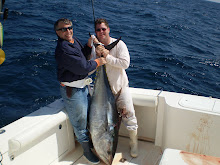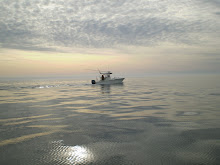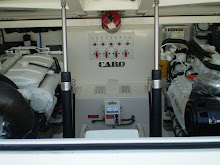
By Jim Field
The oil spill disaster in the Gulf keeps getting worse. Solutions for stopping the free-flow of oil are few and each one attempted fails in turn. Now we're told to expect the contamination to continue into August. The devastation to wildlife will be immense--no one can estimate what it will do to fish populations. I will start to post regular updates on the disaster and its implications on the ocean and the fishing life. The New York Times offered this update today:
By the Numbers
¶More than 20,000 personnel are involved in the effort to protect the shoreline and wildlife and to clean up coastlines.
¶More than 1,400 vessels have responded — including skimmers, tugs, barges and recovery vessels — to help in containment and cleanup efforts. Dozens of aircraft and remotely operated vehicles are also involved, as are multiple mobile offshore drilling units.
¶Approximately 1.9 million feet of containment boom and 1.85 million feet of absorbent boom have been deployed.
¶Approximately 13.1 million gallons of an oil-water mix have been recovered.
¶Approximately 920,000 gallons of dispersant have been deployed — 720,000 gallons on the surface and 200,000 gallons below the surface.
Gulf of Mexico Fishing Ban Extended
The National Oceanic and Atmospheric Administration increased the area closed to fishing in the Gulf of Mexico by more than 6,500 square miles. The ban now covers about 60,683 square miles, approximately 25 percent of federal waters in the gulf.
The Toll on Wildlife
Here are the numbers on animals collected from the spill (the first number is the total in a category, and the number in parentheses is the total collected in the 24 hours ended at noon on Sunday):
BIRDS Alive: 70 (4), dead: 491 (13).
SEA TURTLES Alive: 17 (1), dead: 227 (3).
MAMMALS (inc. dolphins) Alive: 0 (0), dead: 27 (2).
The burning rig and spreading highway of oil

Video still of break in pipe

Oil, oil, everywhere at sea

A shrimp boat deploying containment floats--new line of work










No comments:
Post a Comment